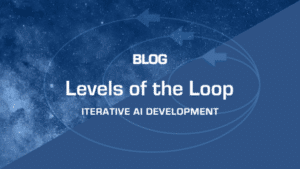LLMs are already being used to generate text, translate languages, write different kinds of creative content, and answer your questions in an informative way. But what's next for LLMs? And…
Large language models (LLMs) dominate the field of natural language processing and have been applied to machine translation, language modeling, question answering, and more.
Jaxon AI is an AI platform that helps businesses improve their visibility, agility, and resilience. The platform uses artificial intelligence to collect and analyze data from across the supply chain,…
Foundation models in artificial intelligence are large-scale, pre-trained models that serve as a base for building more specific, fine-tuned models. They are often created using deep learning techniques, such as…
Data is a valuable asset that needs to be protected. It shouldn’t be sent to large language models. So what's the alternative?
Generative AI has emerged as a promising approach to improve the performance of machine learning models. With the ability to generate new data, generative AI can create synthetic data, provide pseudo-labels for the unlabeled data, denoise the original data, and assist in active learning.
Jaxon created a custom AI model to characterize the seafloor habitats of the U.S. Caribbean and accelerated the annotation process from minutes to milliseconds per image. Jaxon incorporated domain knowledge at every step, producing a highly-accurate automation environment and saving the NOAA team months of manual effort.
Greg Harman, Jaxon's CTO, shares his thoughts on improving models with synthetic data, and striking a balance between noise and quantity.
Does there have to be a tradeoff between speed and accuracy? With rapid prototyping, you can have both. The Jaxon team discusses how.
Jaxon's CTO, Greg Harman, takes you through the loops of iterative AI development and how to take AI from toy problems to practical applications.


